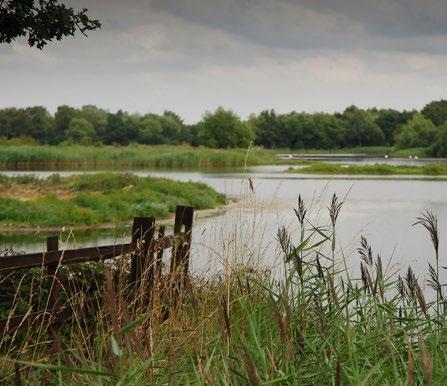
1 minute read
History & Heritage in the Heart of Lincolnshire
Lincolnshire certainly is a county of contrasts; with the rolling chalk hills of the Lincolnshire Wolds gradually making may to the flatlands of the Marshes and the Fens in the south, and with miles of stunning coastline to the east.
Wherever you wander at the Heart of Lincolnshire you’ll find yourself walking in historic footsteps. From the Iron Age tribe which minted coins at Sleaford to the Knights Templar who settled locally, via the Romans who built the Ermine Street and dug the Car Dyke, visitors from across the centuries have bequeathed a lasting legacy of historical riches throughout North Kesteven.
Advertisement
Viking, Norman, Saxon, Medieval, Elizabethan and Tudor, kings and countrymen; they’ve all left their mark, as have more recent generations of prestigious airmen and entrepreneurial industrial pioneers.
North Kesteven boasts the only eightsailed windmill in Europe – if not the world – rare survivors of the Industrial Age, the largest malthouses in England, Britain’s only remaining Navigation office, some of the nation’s most iconic churches and a unique wealth of aviation assets including the oldest of all RAF bases.
Historical discovery provides the inspiration to most of the District’s 20 Stepping Out Walks through which you can actively explore the area’s tangible history; all centred on a church, a hall, an airfield or similar.
And when you’re ready to explore further afield, there’s a rich seam of history to be found around you; most notably in Lincoln with its 1,000-year old castle, cathedral and Magna Carta; Grantham with Belton House; Newark with its Civil War Museum; Boston with its association with the Pilgrim Fathers and east of the district there’s Tattershall Castle, Battle of Britain Memorial Flight, East Kirkby’s Aviation Heritage Centre and the Lincolnshire Wolds.







